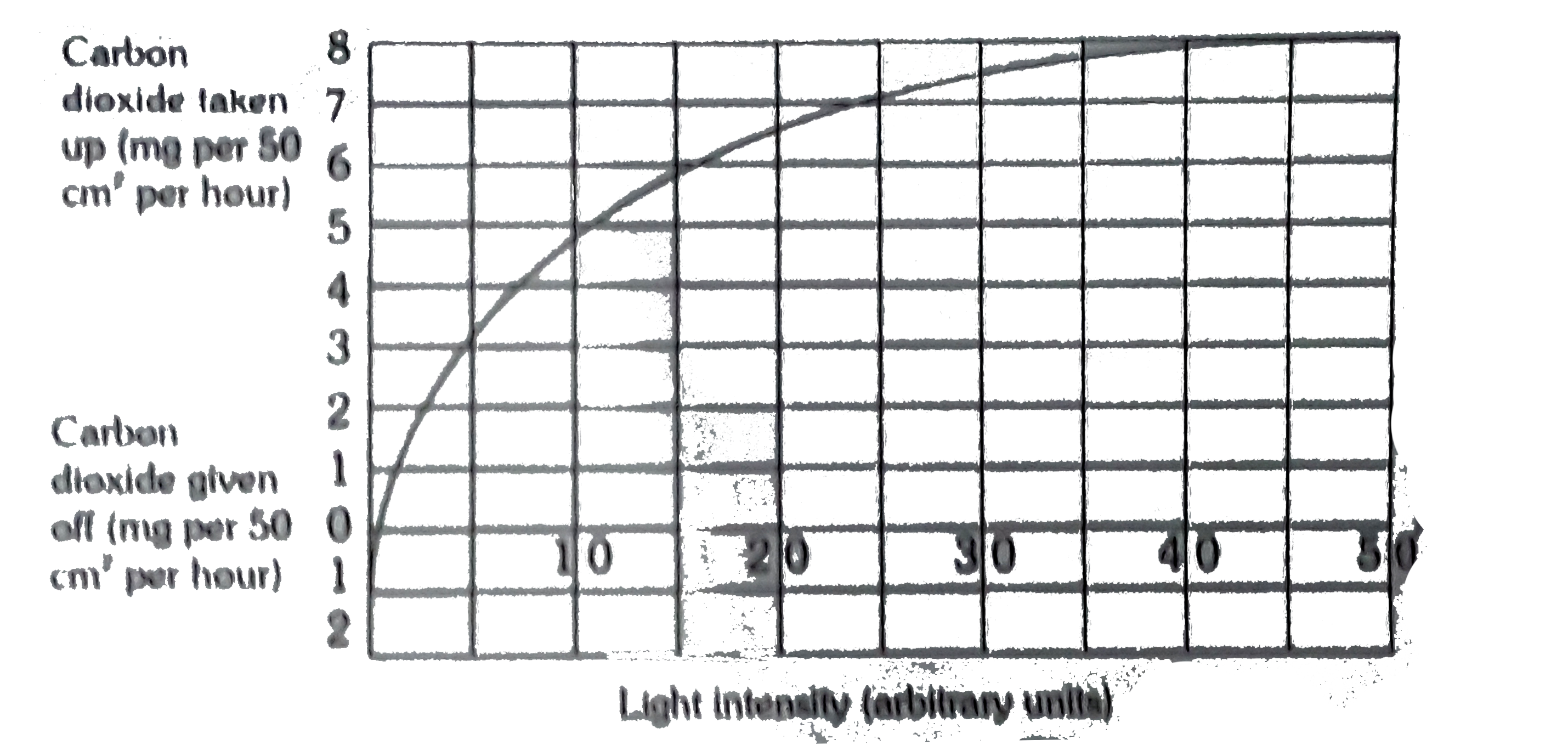Compared to air sound heard is more in carbon dioxide why?
To understand why sound is heard more in carbon dioxide compared to air, we can analyze the properties of sound in different media. Here’s a step-by-step solution:
Step 1: Understanding Sound Intensity
The intensity of sound in a medium can be expressed by the formula:
I∝ρC
where:
- I is the intensity of sound,
- ρ is the density of the medium,
- C is the speed of sound in the medium.
Step 2: Comparing Densities
Next, we need to compare the densities of carbon dioxide and air. At standard temperature and pressure (STP):
- The density of carbon dioxide (ρCO2) is approximately 1.97 grams per liter.
- The density of air (ρair) is approximately 1.29 grams per liter.
Step 3: Analyzing the Relationship
From the formula, we can see that the intensity of sound is directly proportional to the density of the medium. Since the density of carbon dioxide is greater than that of air, we can conclude that:
ρCO2>ρair
Step 4: Conclusion on Sound Intensity
Since the intensity of sound is directly proportional to the density, and carbon dioxide has a higher density than air, sound is heard more clearly and intensely in carbon dioxide compared to air.
Final Answer
Thus, sound is heard more in carbon dioxide than in air because the density of carbon dioxide is greater than that of air, leading to a higher intensity of sound.
---
The intensity of sound in a medium can be expressed by the formula:
I∝ρC
where:
- I is the intensity of sound,
- ρ is the density of the medium,
- C is the speed of sound in the medium.
Next, we need to compare the densities of carbon dioxide and air. At standard temperature and pressure (STP):
- The density of carbon dioxide (ρCO2) is approximately 1.97 grams per liter.
- The density of air (ρair) is approximately 1.29 grams per liter.
From the formula, we can see that the intensity of sound is directly proportional to the density of the medium. Since the density of carbon dioxide is greater than that of air, we can conclude that:
ρCO2>ρair
Since the intensity of sound is directly proportional to the density, and carbon dioxide has a higher density than air, sound is heard more clearly and intensely in carbon dioxide compared to air.
Thus, sound is heard more in carbon dioxide than in air because the density of carbon dioxide is greater than that of air, leading to a higher intensity of sound.
Topper's Solved these Questions
- BOOK - ICSECHAPTER - WAVESEXERCISE - Selected Problems (From Wave Equation, Intensity , Energy Density)24videos
WAVES
- BOOK - ICSECHAPTER - WAVESEXERCISE - From Sound Wave Velocity37videos
WAVES
- BOOK - ICSECHAPTER - WAVESEXERCISE - Doppler Effect, Musical, Sound, Noise26videos
WAVES
- BOOK - ICSECHAPTER - VECTORS SCALARS ELEMENTARY CALCULUS EXERCISE - UNSOLVED PROBLEMS79videos
VECTORS SCALARS ELEMENTARY CALCULUS
Similar Questions
Knowledge Check
- Question 1 - Select One
carbon in carbon dioxide is
Asp2- hybridisedBsp3 d - hybridisedCsp- hybridisedDsp3 - hybridised
Carbon dioxide : " Although carbon dioxide plays no role in respiration , all life would come to an end if there is no carbon dioxide in air . " Support this statement with relevant facts .
View SolutionGive reasons why the following are considered as chemical changes.
Copper carbonate on heat gives copper oxide and carbon dioxide.View SolutionWhat is the mass per cent of carbon in carbon dioxide?
View SolutionAssertion (A) Beryllium carbonate is kept in the atomsphere of carbon dioxide.
Reason (R) Beryllium carbonate is unstable and decomposes to given beryllium oxide and carbon dioxide.View SolutionIn Kolbe's reactio insteaded of phenol, phenoxide ion is treated with carbon dioxide. Why ?
View SolutionThe graph shows the relation between light intensity and the giving off and taking up of carbon dioxide by the leaves of a plant. Why is most carbon dioxide given off when the light intensity is zero units.
 View Solution
View SolutionThe graph shows the relation between light intensity and the giving off and taking up of carbon dioxide by the leaves of a plant. Why is most carbon dioxide given off when the light intensity is zero units.
 View Solution
View Solution

